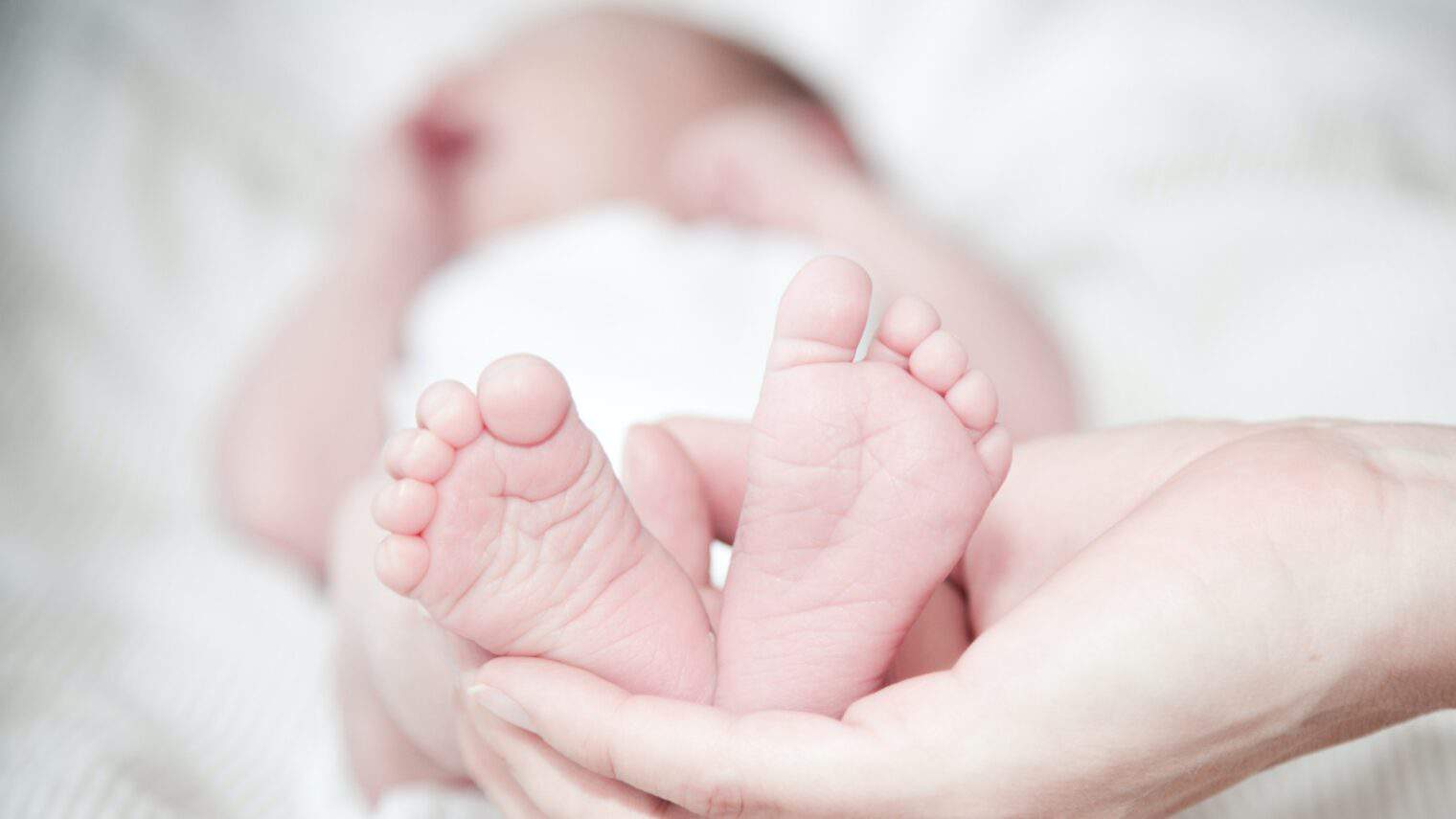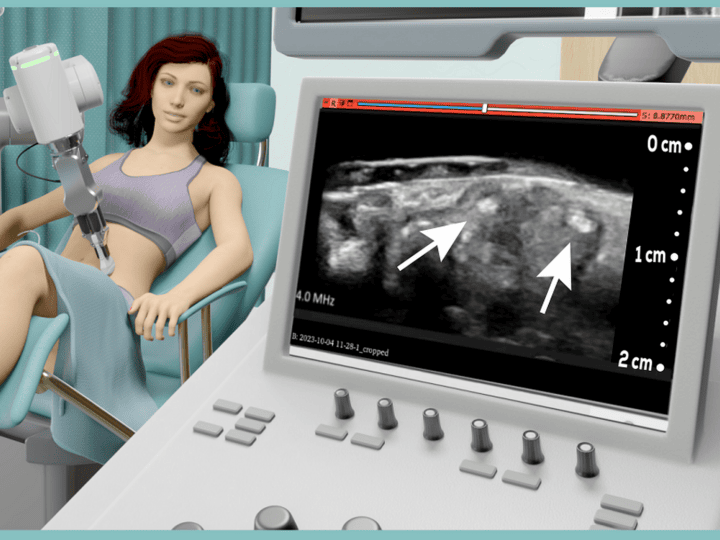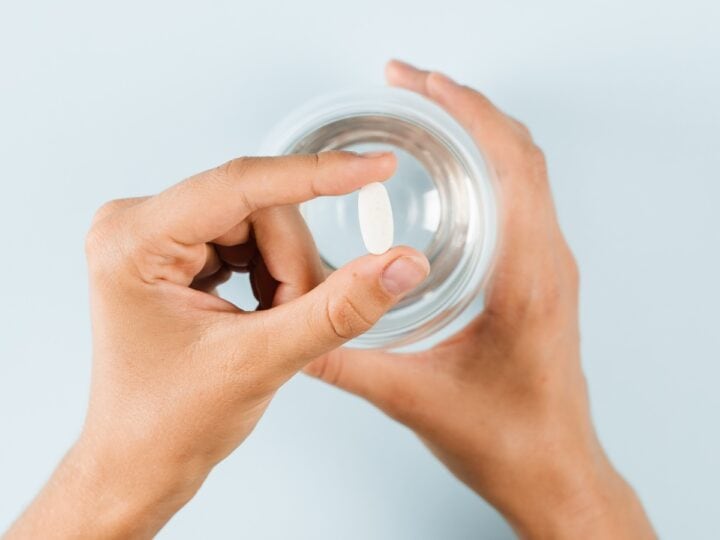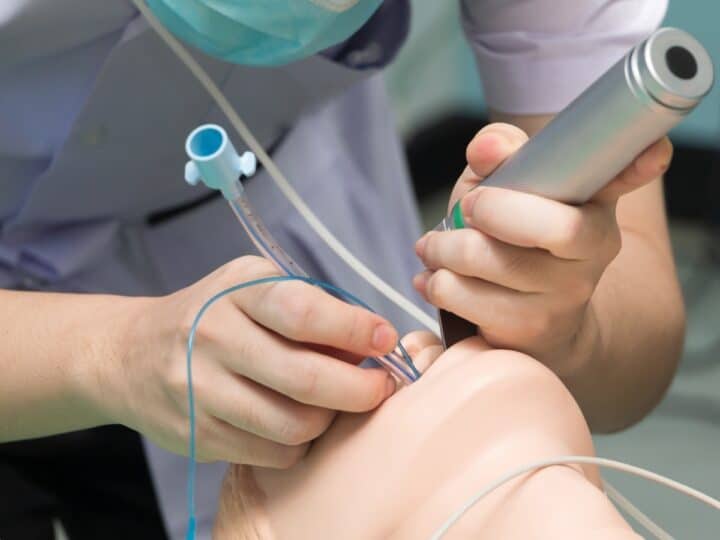One of the leading causes of obstetric malpractice suits in the United States is injuries resulting from pulling, pushing or twisting a baby out of its mother during a shoulder dystocia delivery. This is when the head has emerged but the shoulder is stuck behind the mother’s pubic bone.
Just last month, a couple in the state of Georgia filed a lawsuit after their son was decapitated during shoulder dystocia delivery.
Veteran Israeli medical device entrepreneur Aaron Feldman was surprised to learn that there was no device to ease this dangerous complication occurring in at least 1.5 million births annually worldwide — and it’s increasing as birthweights rise.
The standard protocol is to try a series of manual maneuvers to free the baby within a five- to seven-minute window before the baby asphyxiates due to compression in the birth canal.
These maneuvers can fracture the baby’s arm or collarbone. Even worse, 50,000 newborns annually suffer permanent brachial plexus nerve damage due to pressure exerted on their necks to free their shoulder.
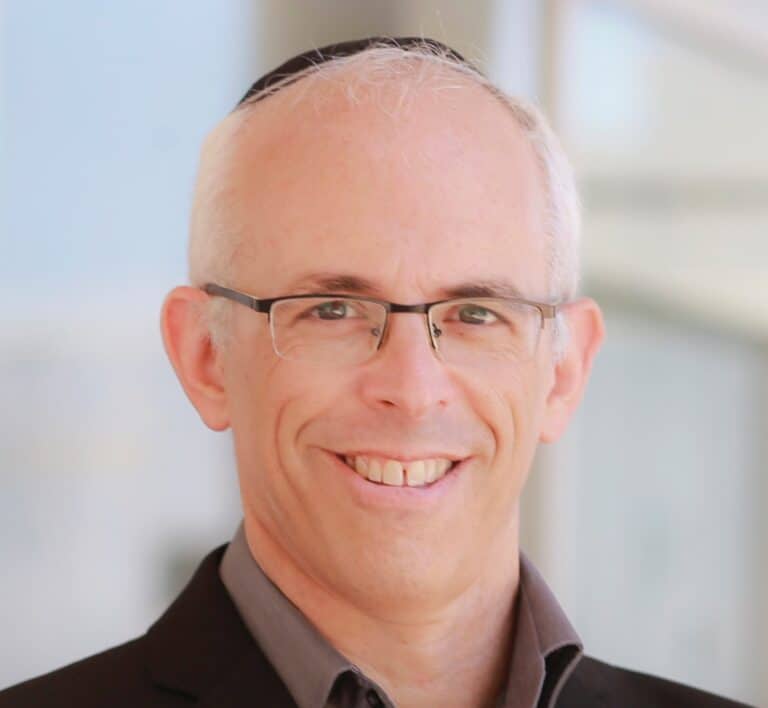
In 2016, Feldman met a new neighbor in the northern Israeli town of Zichron Ya’akov: Dr. Abraham Yaari, an OB/GYN who’d returned after 20 years of practicing in the United States. He told Feldman about the shoulder dystocia problem and how he proposed to solve it.
“I work with physician inventors who have interesting ideas and hands-on knowledge of clinical needs and together we start companies,” Feldman tells ISRAEL21c.
That conversation with Yaari led to the establishment of FetalEase, a startup that has developed the Yaari Extractor, the one and only device for resolving shoulder dystocia.
Why didn’t I think of that?
This simple mechanical solution has a flexible silicone sheath held between two control arms.
Using the control arms, the physician introduces the sheath into the birth canal, wraps it around the fetal shoulder to disengage it from the maternal pubic bone, and then turns the baby 45 degrees. Now the mother can resume pushing the baby out naturally.
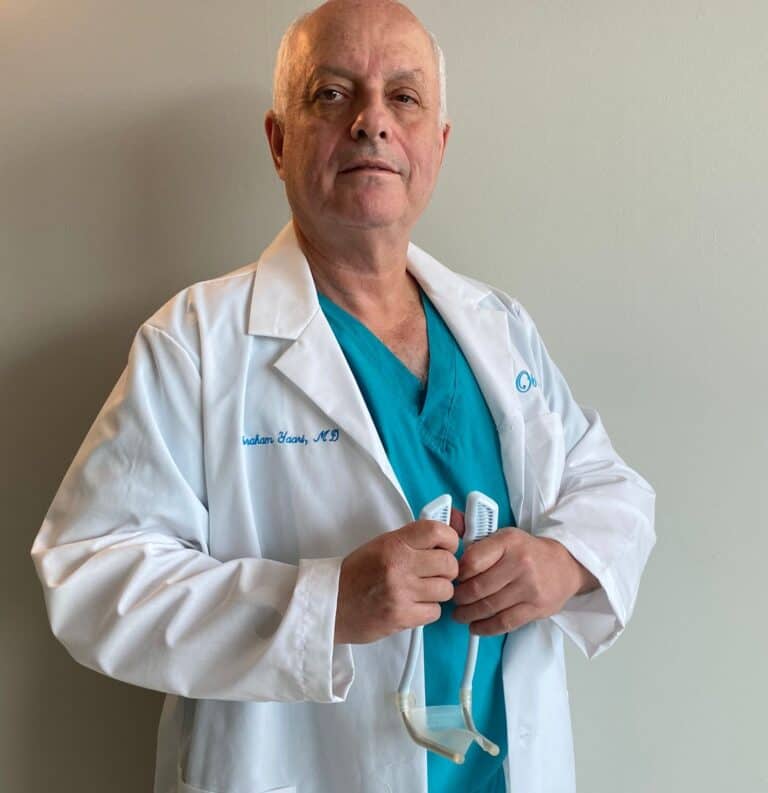
“No force is put on the baby’s head or neck, and it’s easy to learn how to use,” says Feldman.
In a test at Carmel Hospital in Haifa, “We put a sensor under a birth simulator to measure force to the mother from our device compared to during different manual maneuvers. It showed that ours puts much less force on the mother,” says Feldman.
He and Yaari took the Yaari Extractor to worldwide conferences to demonstrate the device to doctors on a simulator.
“So many of them told us, ‘I can’t believe I didn’t think of that.’ But they wanted to see it used in a real case in humans, and it took a long time to be able to do that because there’s high sensitivity in trying new devices with babies.”
It’s that easy
Eventually, FetalEase arranged to have the device tested in India by Dr. Rajnish Patel, director of a maternity hospital in Mumbai.
“Then corona hit, and a year went by when we couldn’t get to India to do the training,” says Feldman.
Patel finally suggested that they send him a simulator and several devices, and train him over Zoom. A month later, Patel called to report that he’d used the Yaari Extractor to free a 4.5-kilo (10-pound) baby with shoulder dystocia.
“I had kept saying to Dr. Yaari that it can’t be this easy, but it turns out that it really is,” says Feldman. “The baby came out without a scratch and the mother had no lacerations.”
Inquiries from across the world
Patel took a video of this and another successful use of the device. FetalEase showed the videos at medical conferences to the same professionals they’d previously wowed with the simulated procedure. One of them joined the company’s board.
Last December, at the Birth Conference in Milan, 60 obstetricians from around the world gave up their lunch break to attend a Yaari Extractor training workshop with Patel and Yaari.
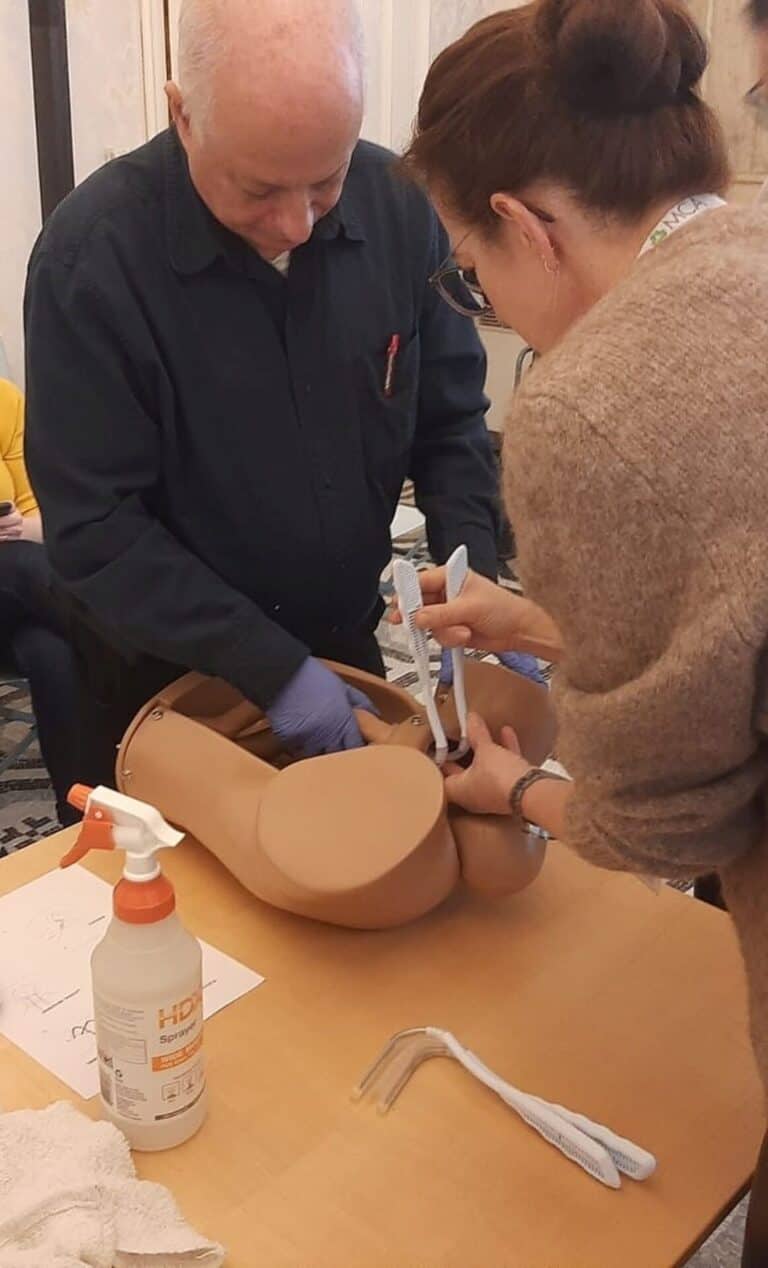
A paper about the success of the first few trial cases was published in the October 2022 issue of Obstetrics & Gynecology, the journal of the American College of Obstetricians and Gynecologists (ACOG).
“I started getting emails from doctors around the world asking how they could buy the Yaari Extractor and test it,” says Feldman.
“There is so much excitement about it because there is no device available for this emergency situation.”
Starting clinical trials
FetalEase was granted approval by the US Food and Drug Administration (FDA) to initiate a US clinical study to begin this fall. If all goes well, the Yaari Extractor could be FDA-cleared and ready for market in late 2025.
FetalEase plans to approach large medical device companies to strike a distribution agreement in the first targeted market, the United States.
Feldman notes that the device also has much potential for use in developing countries where there are fewer options for treating babies born with shoulder dystocia-related birth injuries.
Originally funded by the founders and a local private angel investor, FetalEase is now raising $1.5 million to support the clinical study and the FDA submission.
Some of the money already raised in that round has come from the pockets of American OB/GYNs and experts in obstetrical devices.
The company’s strategic adviser, Anne Morrissey, was formerly CEO of Alydia Health, whose unique product to control postpartum hemorrhage was sold to Organon in 2021 for $240 million.
Its principal medical investigator, Dr. Robert Gherman, coauthored the guidelines on shoulder dystocia for ACOG.
“We hope we will become known as the company solving shoulder dystocia,” says Feldman.
“Our team is laser focused on getting this into the market because every day that goes by there are babies being born with injuries from this situation.”
For more information, click here.




